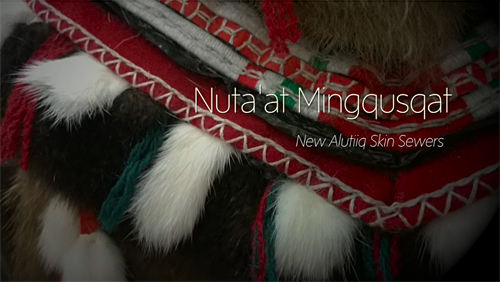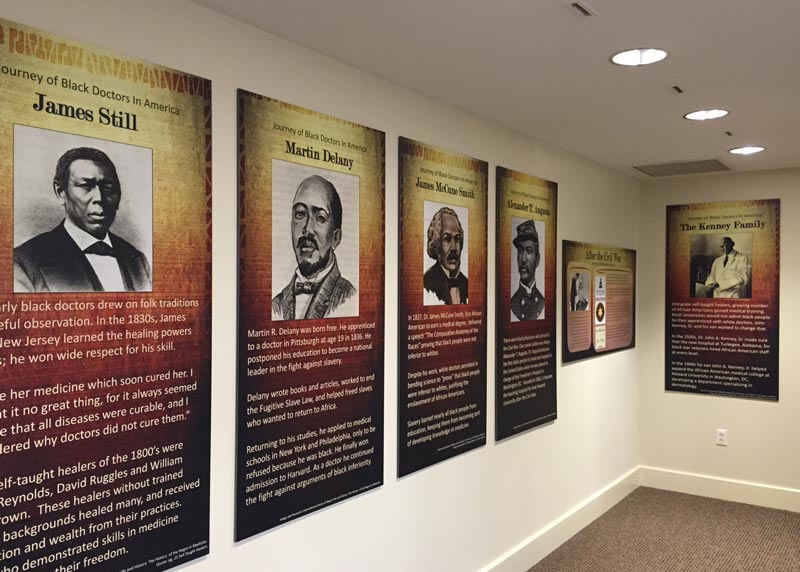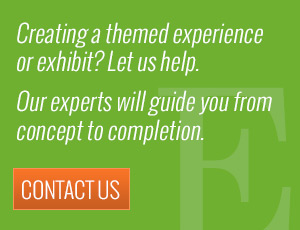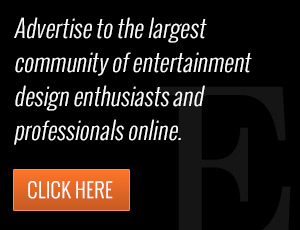6 Strategies for Creating Attractions with Deeper Community Appeal and Heart
Posted by Sasha Bailyn on Monday, April 25th, 2016
 One of the greatest challenges for entertainment designers is crafting projects that speak to the local community as well as niche fans. Each institution has a mission or a focus. An exhibit on the history of Chinese dress or the role that baseball played in designing modern sports communication is fascinating and in line with what museums want to share with the world, for example. However, there’s sometimes a gap between the entertainment and educational missions of museums and what their audiences feel a deep connection to.
One of the greatest challenges for entertainment designers is crafting projects that speak to the local community as well as niche fans. Each institution has a mission or a focus. An exhibit on the history of Chinese dress or the role that baseball played in designing modern sports communication is fascinating and in line with what museums want to share with the world, for example. However, there’s sometimes a gap between the entertainment and educational missions of museums and what their audiences feel a deep connection to.
Yet every aspect of the museum’s objective, from having a cultural impact to drawing in audiences for cash flow relies on solving this problem. There are steps that organizations can take before, during and after building exhibits to help strengthen their relationships with the community. Here’s a closer look at six different strategies for creating attractions and exhibits that have strong community appeal and heart.
Use crowdfunding to get people’s support for specific initiatives
Crowdfunding has been a buzzword in the museum world for some time now. It’s largely discussed in the context of the difficulties of fundraising; it represents a different way for museums to cultivate new revenue streams. But it’s also a powerful way to stimulate community interest in projects. By offering crowdfunding opportunities for special projects, it helps museums bring to life those projects that the community cares about the most. It also instills a sense of ownership, interest and engagement with the donors. In some cases, organizations are allowing participants to take a deeper role in the exhibit design and management process.

Put out a call for participation
Calls for participation can also get different parts of the community engaged. The Holocaust Museum recently put out a call for Americans to help research and contribute to the project History Unfolded: U.S. Newspapers and the Holocaust. Participants research WW2 era events in their local newspapers and report on what they find through a data entry form that will be collated into an exhibit in 2018. What’s the impact? Look at feedback from one participant:
“I came across the History Unfolded newspapers project on Facebook and the concept of letting the public submit their research sounded really intriguing to me,” says Charles Stern, a government research analyst from Overland Park, Kansas. “I’m fascinated by this period in history and having a personal connection to some of the events listed in this project makes it a great learning experience, so I’m glad I can participate.” Creating active avenues for citizen participant deepen engagement and a sense of ownership.

Create community boards
Community boards allow people from your area – whether it’s your city, state or a specific group such as the music community of a given area – to have a voice in museum programming. A community group provides a sounding board opportunity, and also a valuable source of insight and information. What stories are happening right now all around you? What trends could be influencing your community in a way that’s relevant for your audience? Community boards can serve to test ideas, generate new concepts, and provide a local lens through which to consider future programming plans. Their actual role varies from informal influencers to actually having a say in how the organization is run.

Invite local contributors to tell their stories
Another strategy that’s been incredibly successful in different attraction development efforts is inviting local contributors to tell their stories. This approach is similar to engaging citizens in research, but focuses more on local narrative. It’s important that there’s an angle to the attraction that’s locally relevant. Curators must also look for sources locally, rather than nationally, for contributors. For example, if a museum in New England was looking for modern voices of the Boston Irish, it would work with different leagues in and around the city to find participants. By working with the people who are immediately around you, they feel invested; by proxy, the broader community recognizes themselves and issues they care about in the exhibits, rather than looking at something from the perspective of an outsider. Even a more general exhibit on a topic like the military can be “brought home” by talking to local veterans.

Incorporate data and market research into your planning
Sophisticated technology is making it easier to collect data on every element of the museum experience than ever before. Website analytics tell us what people are paying attention to online. GPS-enabled tours let us track visitors step by step throughout the museum. What are they stopping to look at? What foot path are they taking? Which exhibits are capturing their attention enough that they’re engaging with digital materials to learn more? Museum visitors are giving us information every time they visit – actively and passively. They’re talking about us on social media, writing blog posts and responding to surveys. Find unique data streams to help you determine how best to serve your audience and incorporate those insights into your planning.
Connect with other organizations
Every organization has its core group of supporters and loyal people that are engaged with its mission. Deepening ties to the community can come through leveraging other organization’s base supporters in connection with partnerships. Partnerships can come in the form of sharing collections, working together to develop the narrative on complex exhibits, or cross-promoting content that’s likely to be of interest.
For entertainment designers, finding ways to build emotional and intellectual ties with the community has several advantages. One is that it pushes creative boundaries, and requires you to consider input from the environment around you when developing a concept that works for your project. It is also a direct way to gather support and interest, to help give your exhibit a leg up in terms of attendance when it launches.



 Sign Up For Our Newsletter
Sign Up For Our Newsletter 



